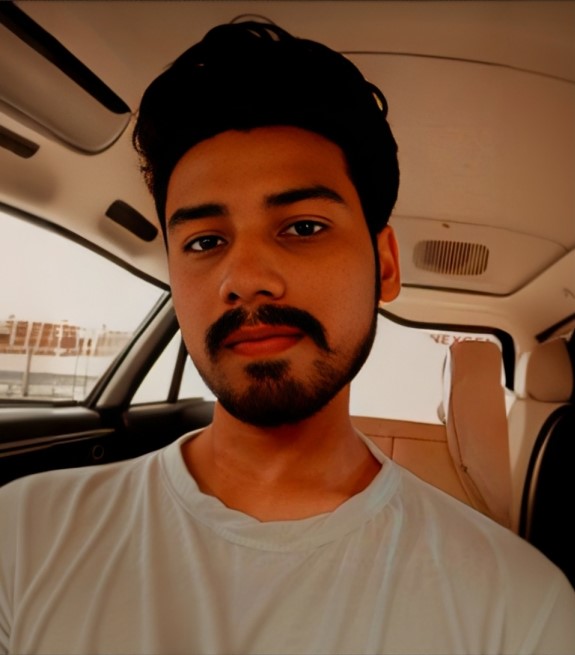Getting Started with Dart: The Essential Language for Flutter
 Nayyum
NayyumIntroduction :
Are you ready to dive into the exciting world of mobile app development? If you've heard about Flutter and want to explore it further, there's one crucial language you need to learn: Dart. In this beginner's guide, we'll walk you through the basics of Dart and explain why it's essential for building Flutter apps.
What is Dart?
Dart is a programming language developed by Google. It's designed to be easy to learn, fast, and suitable for building a wide range of applications, from simple scripts to complex web and mobile apps. Dart offers features like strong typing, object-oriented programming, and asynchronous programming, making it a versatile language for developers.
Why Learn Dart for Flutter?
Flutter is a popular open-source UI software development kit created by Google. It's used to build natively compiled applications for mobile, web, and desktop from a single codebase. While Flutter supports multiple programming languages, Dart is the primary language used for Flutter app development. Here's why learning Dart is necessary for Flutter:
Seamless Integration: Dart is tightly integrated with Flutter, which means learning Dart will make you more proficient in Flutter development. Understanding Dart's syntax, features, and best practices will enable you to write clean, efficient Flutter code.
Efficient Development: Dart's simplicity and productivity-focused features, such as hot reload (instantly see changes without restarting the app) and a rich set of libraries, streamline the app development process. With Dart, you can build Flutter apps quickly and efficiently.
Consistent Performance: Dart's ahead-of-time (AOT) compilation and just-in-time (JIT) compilation ensure consistent performance across different platforms. Whether you're targeting Android, iOS, or the web, Dart's performance optimizations help deliver smooth, responsive apps.
Community and Ecosystem: Dart has a growing community of developers and a robust ecosystem of packages and tools. By learning Dart, you'll gain access to resources, support, and opportunities to collaborate with other Flutter developers worldwide.
Getting Started with Dart:
Now that you understand why learning Dart is essential for Flutter, let's take the first steps in your Dart journey:
Setup Your Development Environment: Install Dart SDK, which includes the Dart compiler and tools for developing Dart applications. You can download Dart SDK from the official Dart website and follow the installation instructions for your operating system.
Learn Dart Basics: Familiarize yourself with Dart's syntax, data types, variables, functions, and control flow structures. Start with simple Dart programs and gradually progress to more complex concepts like classes, inheritance, and asynchronous programming.
Practice, Practice, Practice: The key to mastering Dart is practice. Write code regularly, experiment with different Dart features, and solve coding challenges to reinforce your understanding.
Explore Dart Packages: Discover and explore Dart packages—reusable libraries of code—available on Dart's package repository, Pub. Use packages to extend Dart's functionality and simplify common tasks in your Flutter apps.
Conclusion:
Congratulations! You've taken the first steps towards becoming a proficient Dart developer for Flutter. By mastering Dart, you'll unlock the full potential of Flutter and be well-equipped to build beautiful, high-performance mobile apps. Keep learning, exploring, and building, and soon you'll be creating your own Flutter masterpieces!
Subscribe to my newsletter
Read articles from Nayyum directly inside your inbox. Subscribe to the newsletter, and don't miss out.
Written by

Nayyum
Nayyum
👋 MERN Developer passionate about crafting seamless web experiences. Expertise in MongoDB, Express.js, React.js, and Node.js. Let's innovate together! 🚀